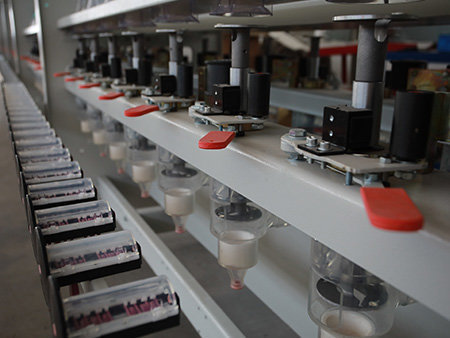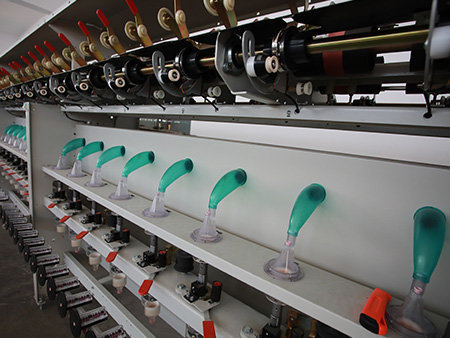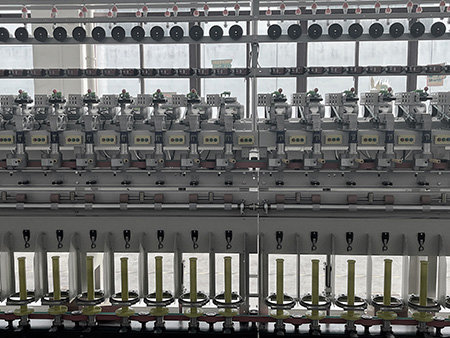
Driven by price increase, disperse dyes are favored
Release time:
2024-08-08 14:58
It is reported that due to the tight supply and price increase of upstream intermediate reducing materials, dye companies once again raised the price of dispersed dark blue series dyes on the 23rd, and the increase was as high as 5,000 to 10,000 yuan per ton, an increase of 12% to 23%. In addition, the reporter also learned that under the influence of environmental pressure and empty corporate inventory and other factors, the price of intermediate H acid continued to rebound, so the price of reactive dyes is also expected to rise.
Around September 10 this year, the old factory of Ningxia Mingsheng Dyeing & Chemical Co., Ltd. (hereinafter referred to as "Mingsheng Dyeing & Chemical"), a major domestic manufacturer of reductants, was ordered to be permanently closed due to illegal sewage discharge, and the company's new factory could not be put into production in the short term, resulting in a surge in the market price of reductants. At the end of October, the price of disperse dark blue series dyes increased by 2,000 yuan/ton due to the reductant incident. It is reported that disperse dark blue series dyes are the varieties that consume the most reductants, accounting for about 15% to 20% of disperse dyes.
According to people from dye companies, unlike the previous situation where the price of reduced materials increased but the actual transaction was limited, the current market transaction of reduced materials has begun to increase, and the transaction price has also increased from 70,000 to 80,000 yuan/ton to about 100,000 yuan/ton. The reporter learned from the intermediate traders that the current purchase and sales contracts signed by mainstream dye manufacturers such as Runtu Co., Ltd. and Anoky with small reduced material factories are all priced at 100,000 yuan/ton, and the purchase volume is unknown.
Next Page
Next Page
Dye prices have skyrocketed to an unprecedented level
2022-12-07
2022-12-07
2022-12-07




